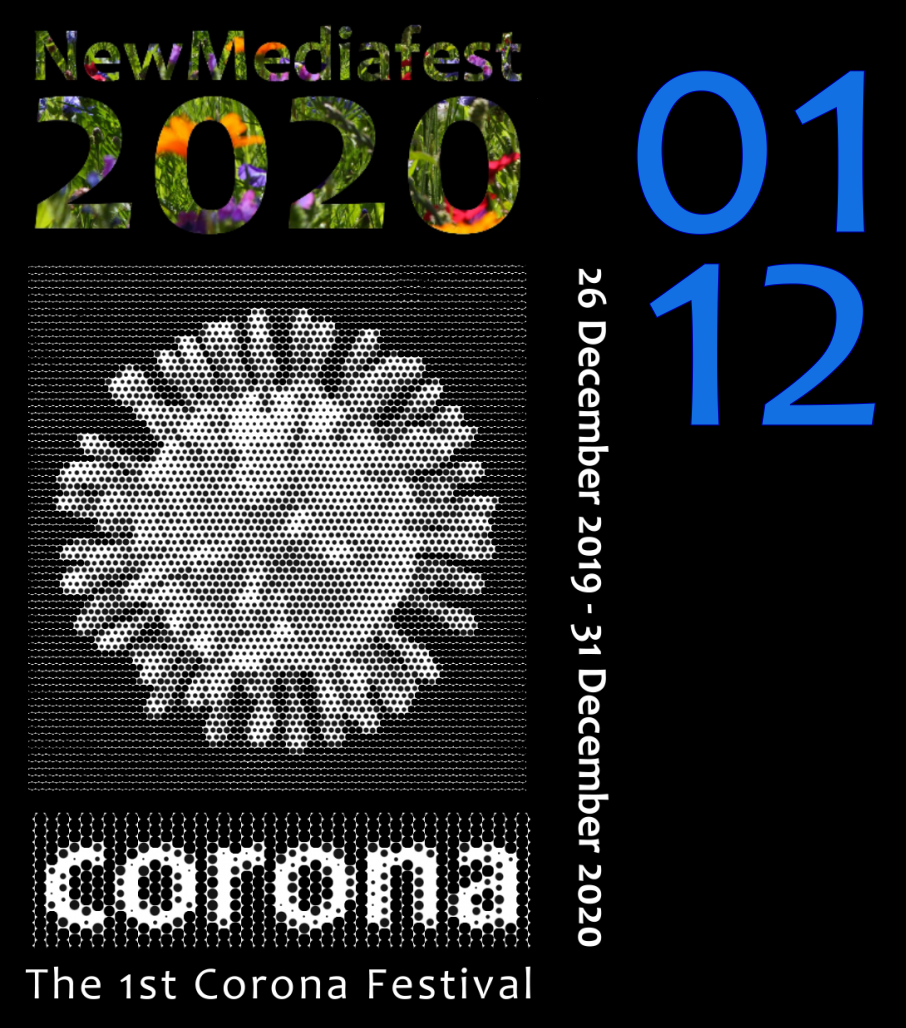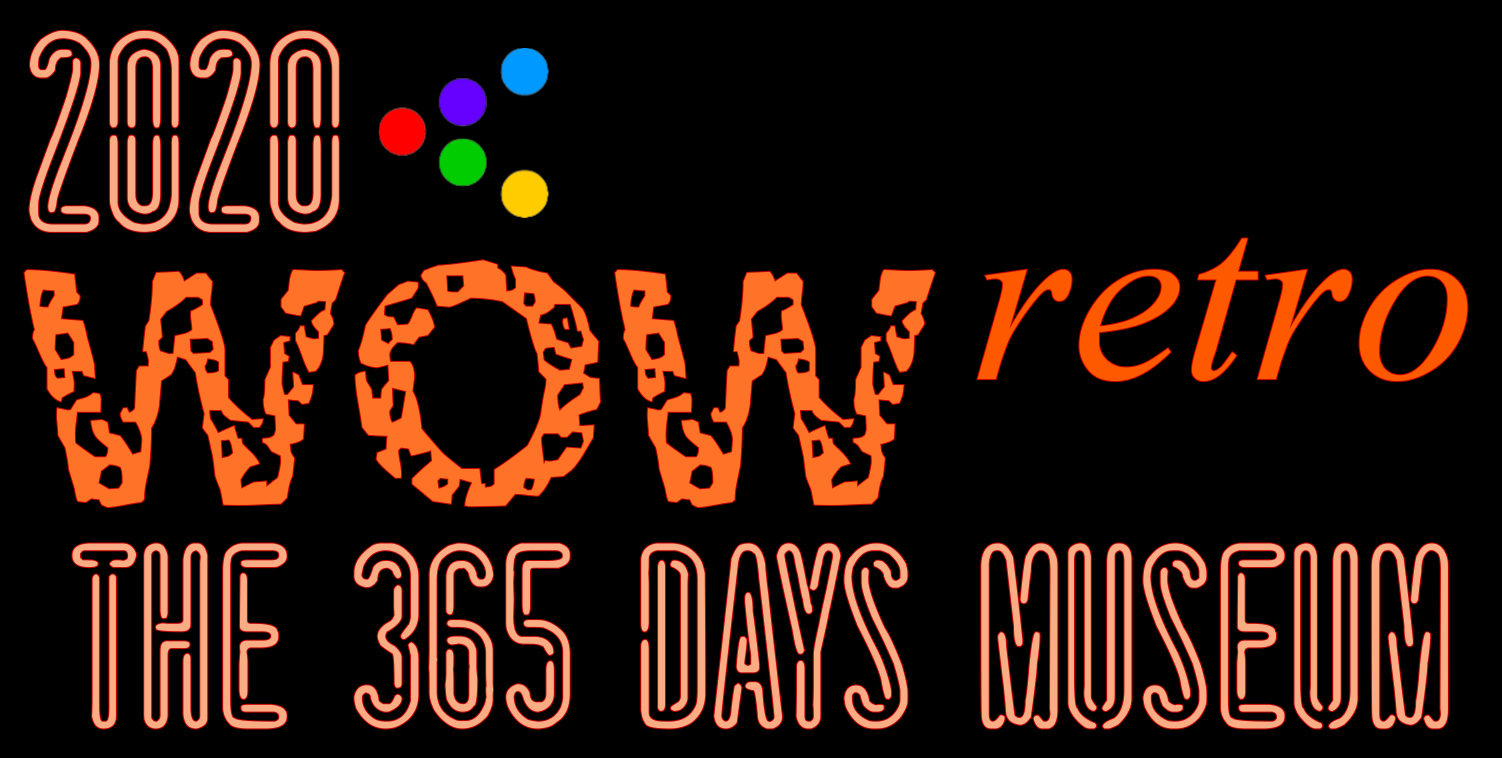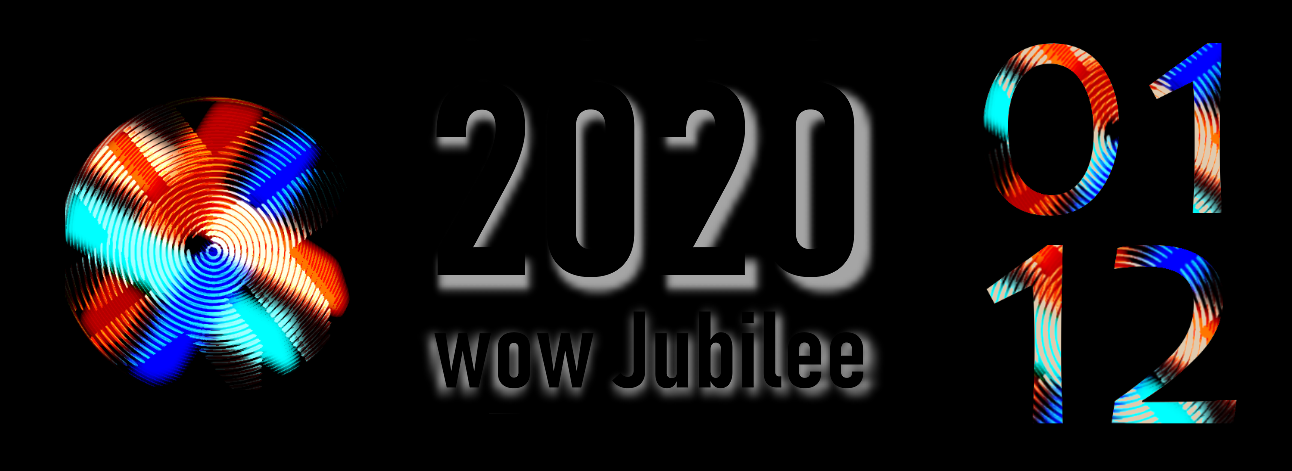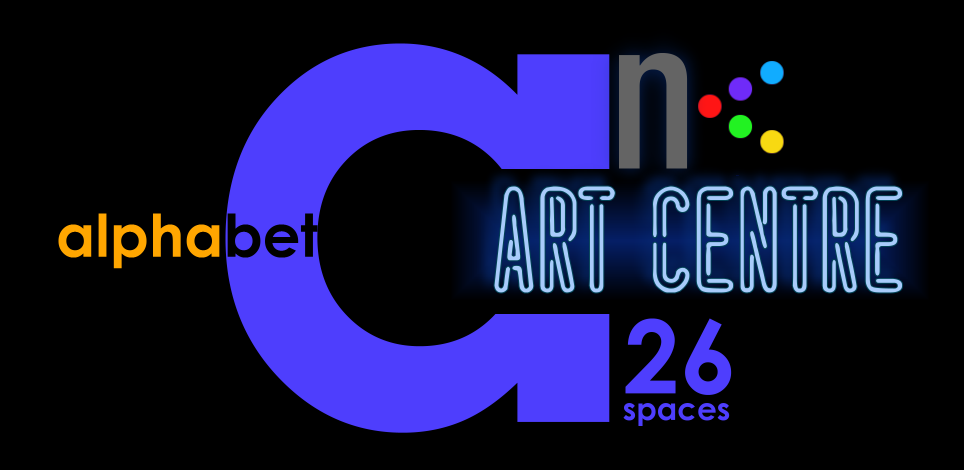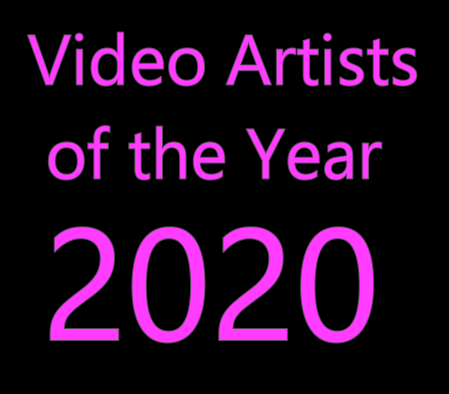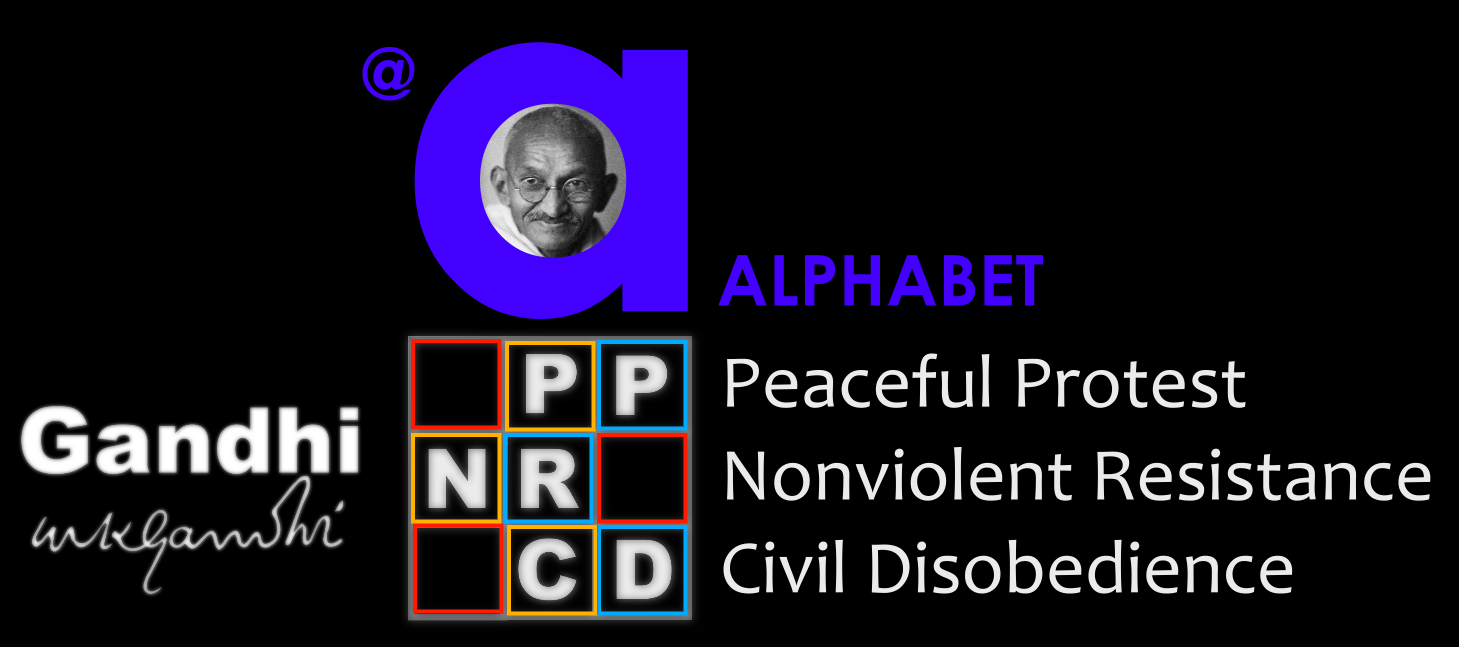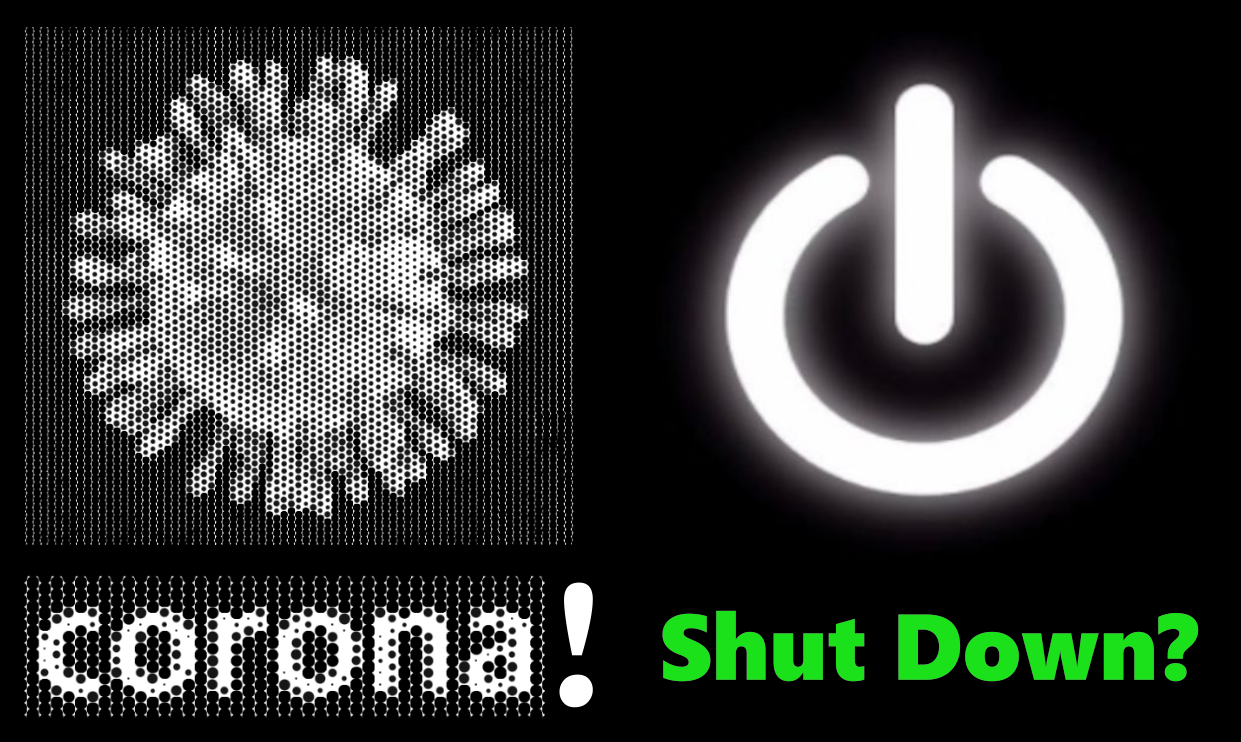Videoart feature
media archaeology
 Today, the article is about media archaeology. One has to consider, that the retrospective is not only spotlighting Wilfried’s individual and social art creations, whereby as social art creation all those projects are defined which Wilfried was curating, so the majority of everything Wilfried had done since 2000.
Today, the article is about media archaeology. One has to consider, that the retrospective is not only spotlighting Wilfried’s individual and social art creations, whereby as social art creation all those projects are defined which Wilfried was curating, so the majority of everything Wilfried had done since 2000.
While checking the facts how the past 20 years can be documented, different components became relevant – Wilfried as the artist/curator- his projects which all can be reviewed online – the curated artists and their selected work(s) – the events – and the resonance in the media, as far as it is possible.
While researching, certain fundamental problems became obvious, because during the 1st working phase 2000-2004 which was mainly dedicated to “Internet based” art, the participations of the curated artists were “just” linked, thus JavaMuseum and other platforms did mostly not host the art works – differently than later, when Wilfried started curating video and soundart and VideoChannel, CologneOFF or SoundLAB – platforms that were hosting the artworks.
So, basically all net based works were affected. Only a rare number of artists generally, had an own server which was hosting the own art works, but usually artists were using external mostly academic platforms, which partially gave even commissions to artists or platforms run by private providers, which however meanwhile do not exist any longer, and by vanishing also the hosted art works were vanishing.
 Another field is representing the rapid technological development during the past20 years from lowtech to hightech, from lowspeed to highspeed Internet connection. Hardware and software were changing continuously until these days. So, for a serious media archiving, actually the archivation of all hardware and software developments is required. Wilfried was pointing to this obligation, already in 2004, when the issues of archiving netart became obvious.
Another field is representing the rapid technological development during the past20 years from lowtech to hightech, from lowspeed to highspeed Internet connection. Hardware and software were changing continuously until these days. So, for a serious media archiving, actually the archivation of all hardware and software developments is required. Wilfried was pointing to this obligation, already in 2004, when the issues of archiving netart became obvious.
Particularly the browsers as a medium for bringing the projects based in Internet on the computer monitor, changed in technology. In 2000, the artists were mainly using Internet Explorer ( Windows) and Netscape and the associated media development, certain artworks were made for specific browser versions, so compatibility, respectively incompatibility was already representing a serious issue at that early time.
For creating and displaying art works, often additional plug-ins were required (for instance FLASH plug-in or a wide range of different 3D plugins), certain software based extensions, and the user had to care for installing such plug-ins on the own computer. This was a certain disadvantage already from the beginning, because the hurdles for getting access and review art works were quite high – and made actually for experts only. This was a contradiction to what Internet based art should be.
 Only people who became permanently active in order to keep the installed plug-ins updated, had factually access to such plug-in based art works, that differently than the Internet was indicating as a mass medium only a few priviledged technology driven people had the conditions for reviewing the art works.
Only people who became permanently active in order to keep the installed plug-ins updated, had factually access to such plug-in based art works, that differently than the Internet was indicating as a mass medium only a few priviledged technology driven people had the conditions for reviewing the art works.
Only much later, when the blog technology became more and more popular, blog platforms like WordPress using even a large number of plug-ins, however, were allowing the user to host the plug-ins as a part of the WordPress application, so that the user was not requested any longer to take care about plug-ins and the applications using a plug-in could be run on any computer, so this kind of media development was very comfortable for anybody, under the condition the host, in the given case, Wilfried would update the plugins regularly.
The loss of substance is related basically to the years 2000 until 2010, because afterwards Wilfried was not including linked artworks any longer. The biggest loss happened to the artworks from the years 2000-2004, at times when the artists themselves were not aware, yet, that they have to care themselves for the own works, so mostly the artist were not even archiving clones of the own netart works, and in this way, only a shell remained – the name of the creator and the title of the work.
Another issue became relevant, because in 2004 one of Wilfried’s computer harddrives crashed and a relevant part of all files was lost and only partially back-uped. The incomplete back-up moved later from one computer and new harddrives to another, and so did all other saved files, so the complexity of different internal and external harddives was generating during the years wide archaeological fields, even if Wilfried was trying to organize his files since 2010 more effectively.
When Wilfried had the idea for NewMediaFest2020 as a kind of retrospective, he had just a vague idea, how he could pay tribute to all involved artists, all projects and all venues and partners, because in any case there were so many by number, and not even started, Wilfried lost the complete overview. How could he combine all with everything and link everything with each other?
 When Wilfried got the idea for “The 365 Days Diary”, which would post daily another article about the “making of”, he saw the chance for doing so, not being aware how much time and energy it would take to research for the 12 festival editions, and even more the daily articles. It is a 24 hours job, because Wilfried has to find out for each day corresponding dates, projects and venues associated with proofs in shape of complementing articles or video selections, which again give Wilfried the chance to include not only artists, but at best more than one work by each artist, that was selected due to a particular quality.
When Wilfried got the idea for “The 365 Days Diary”, which would post daily another article about the “making of”, he saw the chance for doing so, not being aware how much time and energy it would take to research for the 12 festival editions, and even more the daily articles. It is a 24 hours job, because Wilfried has to find out for each day corresponding dates, projects and venues associated with proofs in shape of complementing articles or video selections, which again give Wilfried the chance to include not only artists, but at best more than one work by each artist, that was selected due to a particular quality.
But also this concept is requiring a permanent media research, especially regarding the artworks created before 2007, because the original video submissions had very often a very low image resolution, and regarding the high video standard of today (HD), it is requiring much time to re-edit such work for an advanced resolution to be displayed online and offline.
 Additional problems came up, because Wilfried lost contacts to many artists especially of the early phase 2000-2004, and they could also not be re-installed by researching in the net, the artists had vanished partially without any trace, and only their technologically inappropriate work was left.
Additional problems came up, because Wilfried lost contacts to many artists especially of the early phase 2000-2004, and they could also not be re-installed by researching in the net, the artists had vanished partially without any trace, and only their technologically inappropriate work was left.
So, NewMediaFest2020 is representing also, and basically, a project of media archaeology during 365 days, and Wilfried got a new job – media archaeologist.
a complementing video selection

Jon Keith Brunelle (USA) – Title: NYC Subway Bopdance, 2006, 5:00
Johanna Reich (Germany) – Kassandra, HD, PAL, 4`00, 2008
Jeremiah Jones (USA) – Title: This Time in Peril: 3 Studies in Terror, 2006, 8:01
Dr. Boston (USA) – Title: I wish I had a date, 2006, 3:15
Philip Widmann (Germany) – Title: Destination Finale, 2008, 9:00

Adam Sekuler (USA) – 1922, 2012, 12:32
Louise Coetzer (RSA) – Dead Air, 2011, 5:12
Claire Gustavson (USA) – Putting on a Show!, 2014, 5:06




